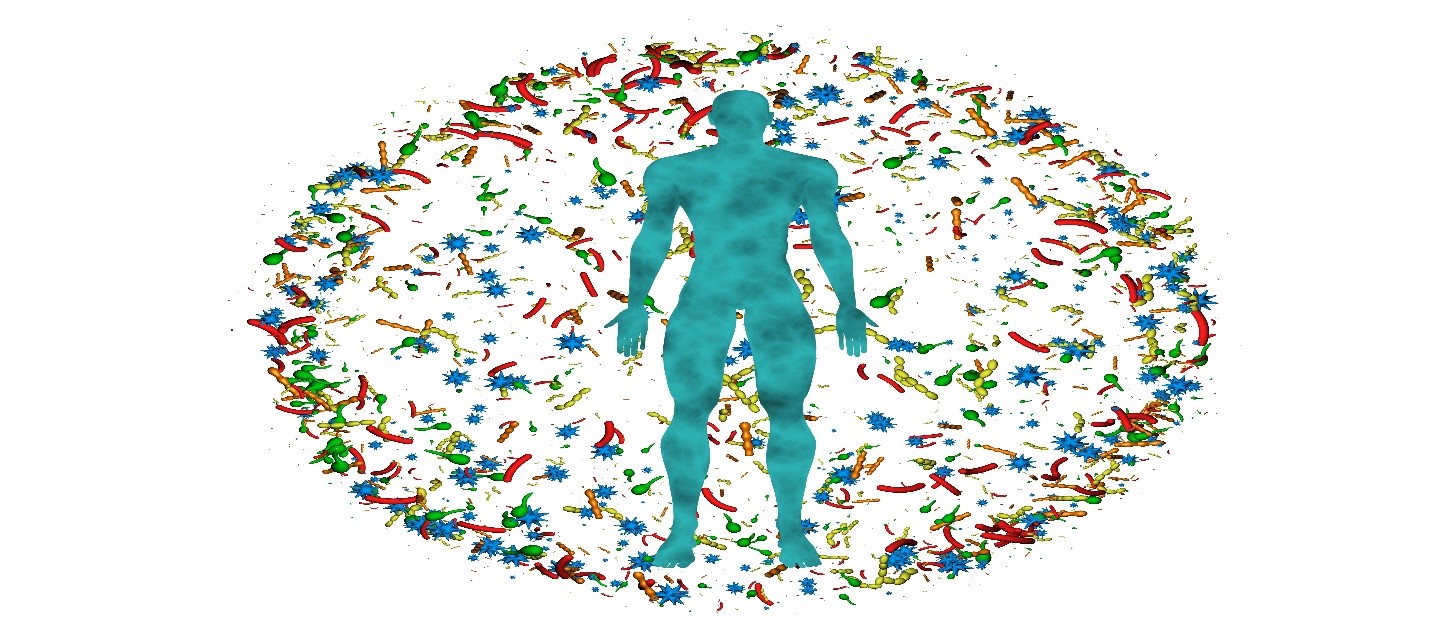The field of pediatric health has witnessed remarkable advancements over the past few decades, significantly transforming child care and improving the quality of life for millions of children worldwide. Among these advancements, the development of innovative allergy treatments stands out as a critical area of progress. As we look ahead to 2024, it is clear that the landscape of allergy management in children is set to benefit from cutting-edge research and novel therapeutic approaches. This article delves into the latest advancements in pediatric allergy treatments and explores how these innovations are shaping the future of child care.
The Growing Concern of Pediatric Allergies
Allergies are a common health concern among children, with a significant number of young individuals affected by conditions such as asthma, allergic rhinitis, eczema, and food allergies. The prevalence of these conditions has been rising steadily, posing challenges for parents, healthcare providers, and the children themselves. Allergies can significantly impact a child’s quality of life, leading to missed school days, disrupted sleep, and a range of physical and emotional symptoms.
Advances in Allergy Treatments: A Glimpse into 2024
1. Precision Medicine and Personalized Therapies
One of the most promising advancements in pediatric allergy treatments is the application of precision medicine. This approach involves tailoring medical treatment to the individual characteristics of each patient, taking into account their genetic makeup, environmental exposures, and lifestyle factors. By 2024, we can expect to see more personalized therapies that target the specific triggers and mechanisms underlying a child’s allergic response.
For instance, researchers are developing advanced diagnostic tools that can identify specific allergens with greater accuracy. These tools enable healthcare providers to design personalized treatment plans that minimize exposure to allergens and optimize therapeutic interventions. Additionally, genetic testing is becoming more accessible, allowing for the identification of genetic predispositions to certain allergies and the development of targeted treatments.
2. Immunotherapy: A Game-Changer in Allergy Management
Immunotherapy has emerged as a groundbreaking approach to treating allergies, and its potential continues to expand. Traditional immunotherapy, such as allergy shots, has been effective in desensitizing individuals to specific allergens over time. However, new forms of immunotherapy are being developed that offer greater convenience and efficacy.
Sublingual immunotherapy (SLIT), for example, involves placing allergen extracts under the tongue, allowing for gradual desensitization without the need for injections. This method has shown promise in treating a range of allergies, including those to pollen, dust mites, and certain foods. By 2024, we can expect SLIT to become more widely available and tailored to pediatric patients, offering a less invasive and more child-friendly option.
Another exciting development is the use of biologics in allergy treatment. Biologics are targeted therapies that can modulate the immune system’s response to allergens. These treatments, such as monoclonal antibodies, have shown effectiveness in managing severe asthma and other allergic conditions. As research progresses, biologics are likely to become a key component of pediatric allergy management, providing relief for children with challenging and persistent symptoms.

3. Microbiome Research: Unveiling New Insights
The human microbiome, the collection of microorganisms living in and on our bodies, has garnered significant attention in recent years for its role in health and disease. Emerging research suggests that the microbiome plays a crucial role in the development and regulation of the immune system, including its response to allergens.
By 2024, advancements in microbiome research are expected to yield new insights into the prevention and treatment of pediatric allergies. Probiotics and prebiotics, which promote a healthy balance of gut bacteria, are being investigated for their potential to reduce the risk of developing allergies and alleviate symptoms in affected children. Additionally, fecal microbiota transplantation (FMT), a procedure that involves transferring gut bacteria from a healthy donor to a patient, is being explored as a potential therapy for severe allergic conditions.
4. Digital Health and Telemedicine
The integration of digital health technologies and telemedicine into pediatric allergy care is revolutionizing the way healthcare is delivered. Telemedicine platforms enable remote consultations, allowing children and their families to access specialized care without the need for travel. This is particularly beneficial for families living in rural or underserved areas.
Moreover, digital health tools, such as mobile apps and wearable devices, are empowering parents and caregivers to monitor and manage their child’s allergies more effectively. These tools can track symptoms, medication usage, and environmental triggers, providing valuable data that can inform treatment decisions. By 2024, the widespread adoption of digital health solutions is expected to enhance the management of pediatric allergies, improve adherence to treatment plans, and facilitate early intervention.
5. Education and Awareness: Empowering Families
In addition to medical advancements, education and awareness play a vital role in shaping the future of pediatric allergy care. By 2024, we can anticipate increased efforts to educate parents, caregivers, and children about allergy prevention, recognition, and management. Schools and community organizations are likely to implement comprehensive allergy education programs, ensuring that children with allergies are supported and understood.
Furthermore, initiatives to raise awareness about the importance of early diagnosis and intervention are expected to gain momentum. Early identification of allergies can prevent complications and improve long-term outcomes. Healthcare providers will continue to emphasize the importance of regular check-ups and proactive allergy management, empowering families to take control of their child’s health.
Conclusion
As we look forward to 2024, the advancements in pediatric allergy treatments hold great promise for improving the lives of children affected by allergies. The integration of precision medicine, immunotherapy, microbiome research, digital health, and education is transforming the landscape of pediatric allergy care. These innovations not only offer more effective and personalized treatment options but also empower families to navigate the challenges of allergies with greater confidence and ease.
The future of pediatric health is bright, and the ongoing commitment to research and innovation ensures that children with allergies can lead healthier, happier lives. As we continue to explore new frontiers in allergy management, the collective efforts of healthcare providers, researchers, and families will shape a future where allergies are better understood, managed, and ultimately, overcome.












